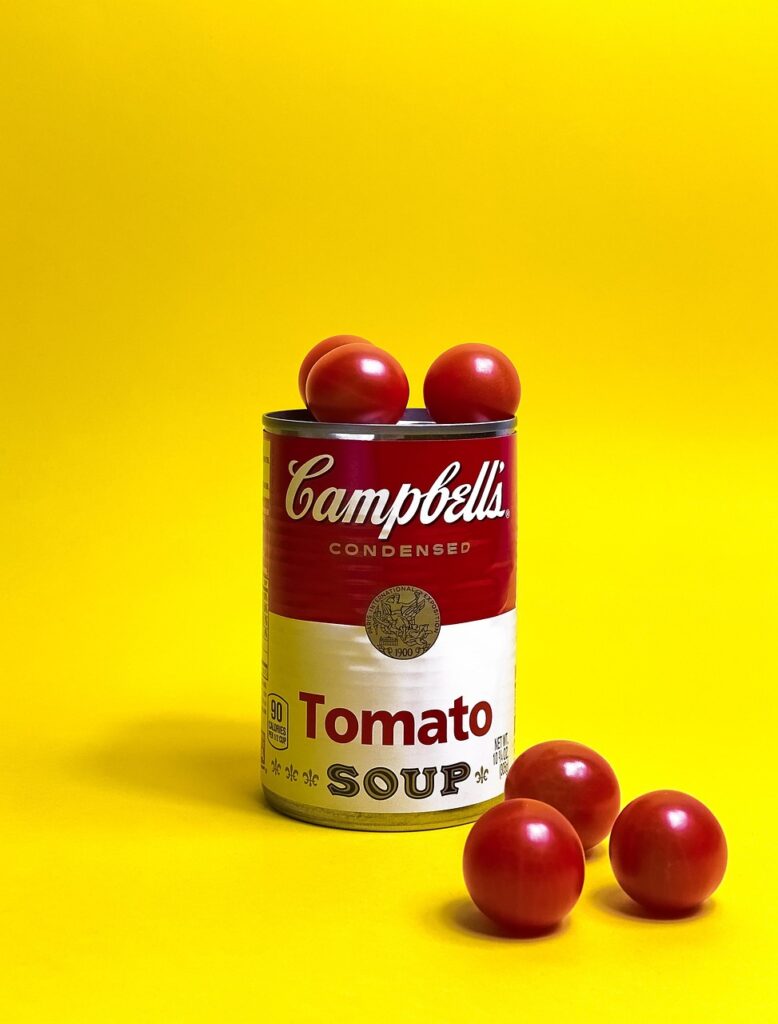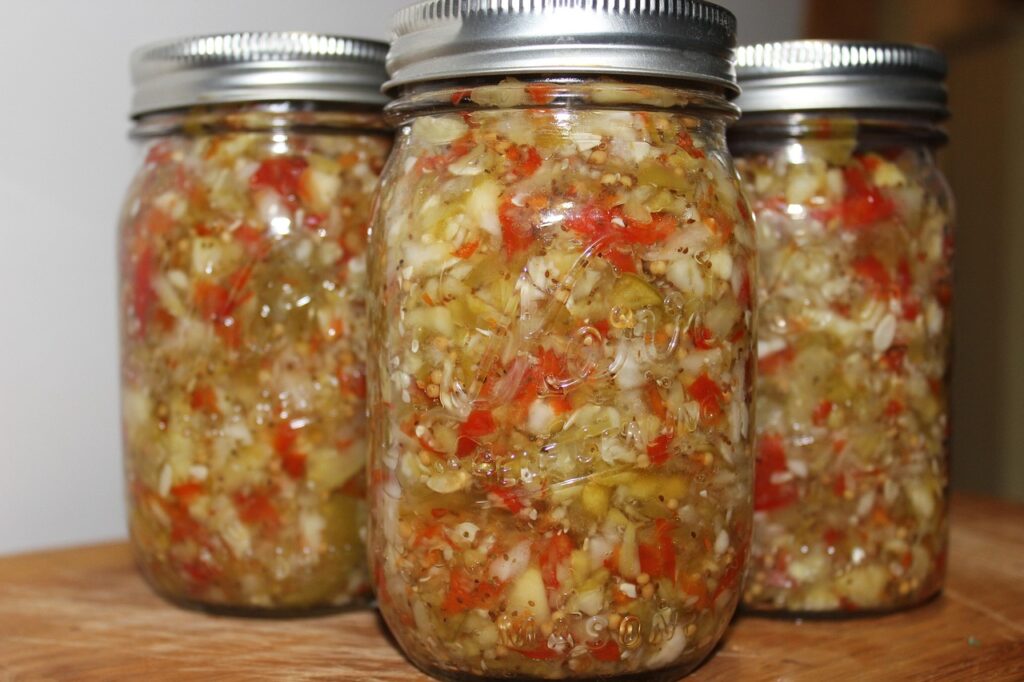When it comes to emergency food storage, contrary to popular belief, you don’t need to go out and buy a ton of special survival food or military rations. Going that route is cost-prohibitive for most people. Plus, it can lead to digestive and other health issues for some folks.
Instead, let’s look at a more common-sense approach to food storage.
Keep it Familiar
Store what you eat and eat what you store. In other words, concentrate on the shelf-stable foods you and your family eat on the daily. You know you like them. Just as important, you know they like you. Meaning they aren’t likely to cause digestive upset.

Most families in the United States buy their food at grocery stores. What foods found there would be good choices for stocking up?
- Canned goods
- Pouched meats
- Dry pasta
- Jarred or canned sauce
- Rice
- Beans
- Soup mixes
- Baking mixes
- Instant potatoes

If all you need to do is heat it up or perhaps add water, it’s probably a good candidate for your food storage plans. No, these aren’t usually the healthiest foods in the store. But all you’re looking to do here is fill bellies for a short time.
Home Preserved

You can always preserve your food through canning, dehydrating, or even freeze-drying. This is a great way to use garden produce and meat you’ve harvested. Additionally, preserving food at home can allow you to take better advantage of sales at the grocery store. For example, if the store has ears of corn at a great price, you can buy extra and then can it at home for your food storage.
First In, First Out
Another reason to focus on foods you eat regularly is that doing so makes rotation of the supply easier. Don’t look at your food storage as a buy it and forget it situation. It should be in constant rotation. While food doesn’t automatically go bad the day after the date printed on the can or package, it’s a good practice to always use the oldest food first.
One approach is to mark each can, box, or package with the date you purchased it. Store everything so the newest items are at the back of the shelf, pushing the older stuff forward.
Use Fresh Foods First
If the power goes out, the food in your refrigerator will be okay for up to about four hours. After that is when things start to turn. Your freezer will last 24-48 hours or so, depending on how full it is. When possible, consume food before it goes bad.
Things like dairy products and eggs will likely be lost causes. But fruits and vegetables aren’t going to rot instantly. As food in the freezer thaws, cook it up. Share with neighbors if you can. The idea here is that the food is better off going into stomachs than trash cans.

Using the food in the fridge and freezer first will also extend how long the rest of your food will last you and your family. Don’t jump right to the emergency stash.
Read the full article here













